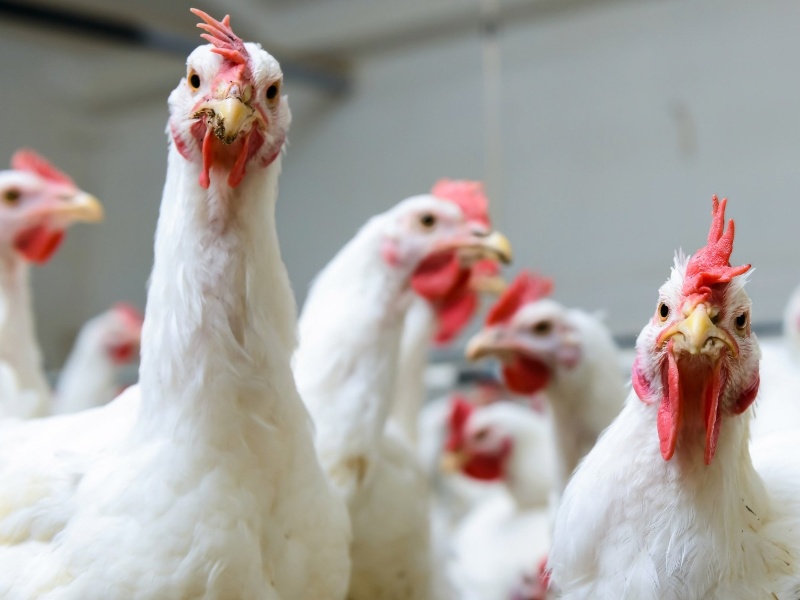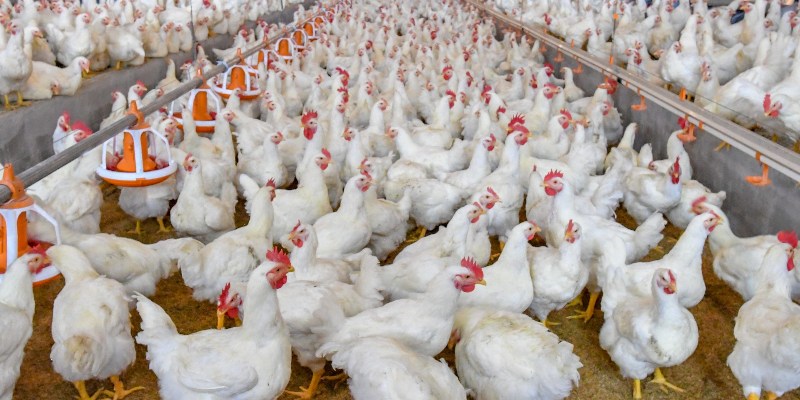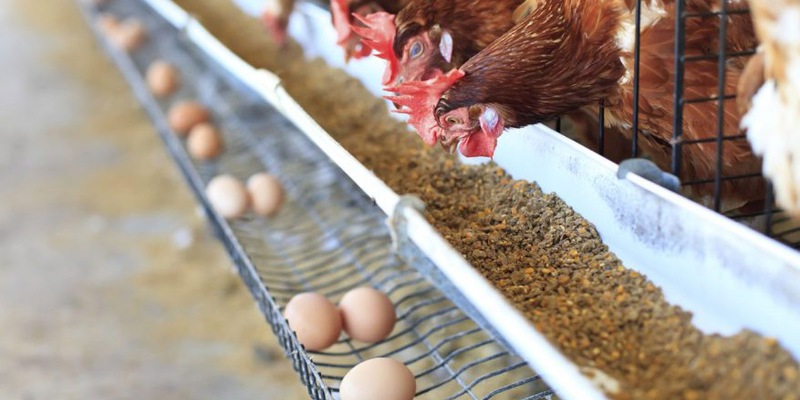
What Are the 2 Main Segments in the Poultry Industry?
The poultry industry is a vital part of the global food system, providing essential protein sources and contributing significantly to economic development. Understanding the main segments in the poultry industry is crucial for anyone involved in livestock farming, processing, or marketing. In this article, we will explore the two primary segments of the poultry industry: broiler production and egg production.
1. Broiler Production Industry
Broiler production is one of the foremost main segments in the poultry industry. It focuses on raising chickens specifically for meat production. The broiler segment has gained immense popularity over the years due to the rising demand for chicken meat, which is often regarded as a healthier alternative to red meat. This shift in consumer preference is attributable to several factors, including lower fat content and higher versatility in culinary applications.
Key Features of Broiler Production
In the broiler segment, chicks are typically raised under controlled conditions to ensure optimal growth rates. Here are some key aspects:
- Breeds: Commercial broilers are usually fast-growing breeds that reach market weight within six to seven weeks. These breeds have been selectively bred for their growth rates and feed conversion efficiency.
- Housing: Modern broiler farms utilize advanced housing systems that provide adequate space, ventilation, and temperature control. These facilities are designed to minimize stress on the birds, thereby enhancing growth and overall welfare.
- Feeding: Nutrition plays a crucial role in broiler production. Farmers typically use specialized feed formulations rich in protein, vitamins, and minerals to promote rapid growth and health.
- Health Management: Disease prevention is essential in broiler production. Vaccination programs and biosecurity measures are implemented to protect flocks from infectious diseases.
Economic Impact
The broiler segment not only satisfies consumer demands but also creates significant employment opportunities across various sectors, including feed supply, processing, and distribution. It contributes substantially to local economies by stimulating agricultural activities and supporting smallholder farmers through integrated farming models.
2. Egg Production Industry
The second of the two main segments in the poultry industry is egg production. This segment involves raising hens primarily for the purpose of producing eggs. Similar to broiler production, egg production has seen considerable advancements in technology and practices over the years, making it a highly efficient and profitable sector.
Characteristics of Egg Production
Egg production encompasses several important features that distinguish it from broiler production:
- Layers: The hens used in this segment are called layers, which are bred specifically for high egg yield. Unlike broilers, layers are not raised for meat; their primary purpose is to produce eggs consistently.
- Housing Systems: Layer farms employ a variety of housing systems, including conventional cages, enriched cages, and free-range setups. Each method has its own advantages and complies with varying animal welfare standards.
- Egg Quality: Egg quality is critical in the egg production segment. Factors like shell strength, yolk color, and freshness can influence consumer preferences and market prices. Farmers adopt specific feeding strategies to enhance these attributes.
- Production Cycles: Hens typically start laying eggs at around five to six months of age and can continue for about 12 months before their productivity declines. After this period, they are often culled or sold for meat.
Market Dynamics
Egg production represents a stable source of income for many farmers, given the consistent consumer demand for eggs as a dietary staple. The market dynamics encompass both domestic and international trade, especially in regions where local production cannot meet consumption needs. Egg producers often engage in value-added processes, such as organic or cage-free egg production, to differentiate their products in competitive marketplaces.
Challenges Facing Both Segments
While the main segments in the poultry industry present numerous opportunities, they also face challenges that require innovative solutions. These include:
- Biosecurity Threats: Outbreaks of avian influenza and other diseases pose significant risks to both broiler and egg production. Effective biosecurity measures are crucial for mitigating these threats.
- Consumer Preferences: With growing awareness of animal welfare and sustainability issues, consumers increasingly favor products that align with their ethical beliefs. This trend affects purchasing decisions and forces producers to adapt.
- Cost of Production: Fluctuating feed prices and input costs can strain profit margins in both segments. Efficient feed management and cost-effective farming practices are critical for maintaining profitability.
Conclusion
In summary, the poultry industry comprises two main segments in the poultry industry: broiler production and egg production. Each segment has distinct characteristics, operational practices, and market dynamics.
As demand for poultry products continues to rise globally, the importance of both segments will only grow. Farmers, processors, and consumers alike must adapt to the evolving landscape of the poultry industry, focusing on sustainability, and technological innovation to secure a prosperous future.


